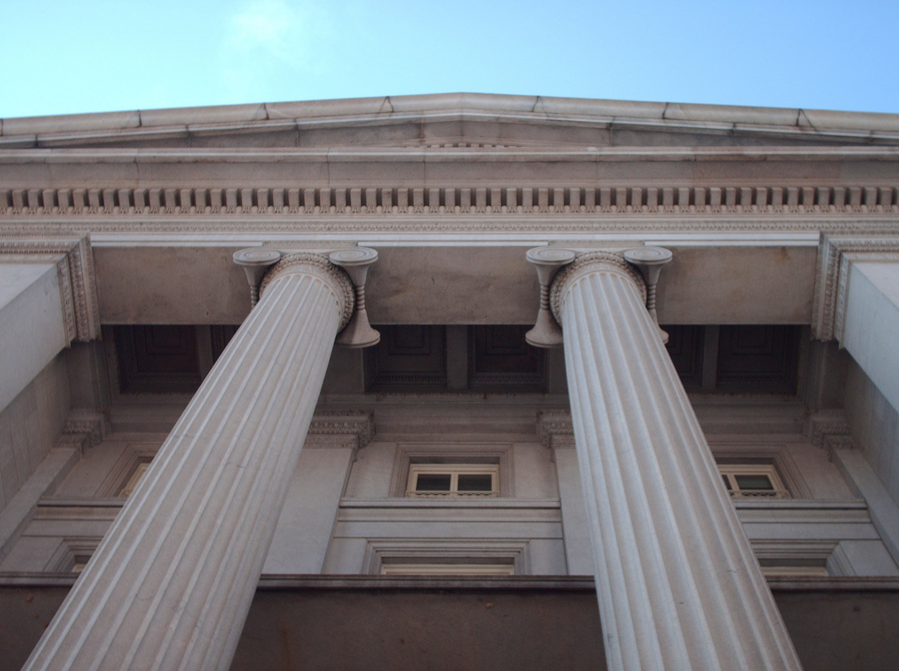For instance, over the past month, the iShares Interest Rate Hedged Corporate Bond ETF (NYSEArca: LQDH) rose 3.9%, Deutsche X-trackers Investment Grade Bond – Interest Rate Hedged ETF (NYSEArca: IGIH) gained 3.9% and ProShares Investment Grade-Interest Rate Hedged ETF (BATS: IGHG) increased 4.5%. Meanwhile, the widely observed iShares iBoxx $ Investment Grade Corporate Bond ETF (NYESArca: LQD) added 3.1%.
These new types of zero duration or negative duration ETFs hold long-term bonds, but they will take short positions in Treasuries or Treasury futures contracts to hedge against potential losses if interest rates rise. The short positions would essentially diminish the funds’ duration – a measure of sensitivity of the price of a fixed-income asset to changes in interest rate risks, so a low duration would translate to a smaller sensitivity to shifting rates. Moreover, as yields have been inching higher and Treasury bond prices fell over recent weeks, the short Treasury positions helped bolster returns in the rate-hedged bond ETFs.
LQDH has an effective duration of 0.79 years – a 1% rise in interest rates would only translate to about a 0.79% decline in the fund’s price – and a 3.42% 30-day SEC yield. IGHG has a -0.10 year duration and a 3.93% 30-day SEC yield. In contrast, LQD has a 8.25 year duration and a 3.51% 30-day SEC yield.
However, potential investors should be aware that since these bond funds hold short Treasury positions, the rate-hedged ETFs may underperform non-hedged bond ETFs if Treasury yields fall and Treasuries begin to rebound.
